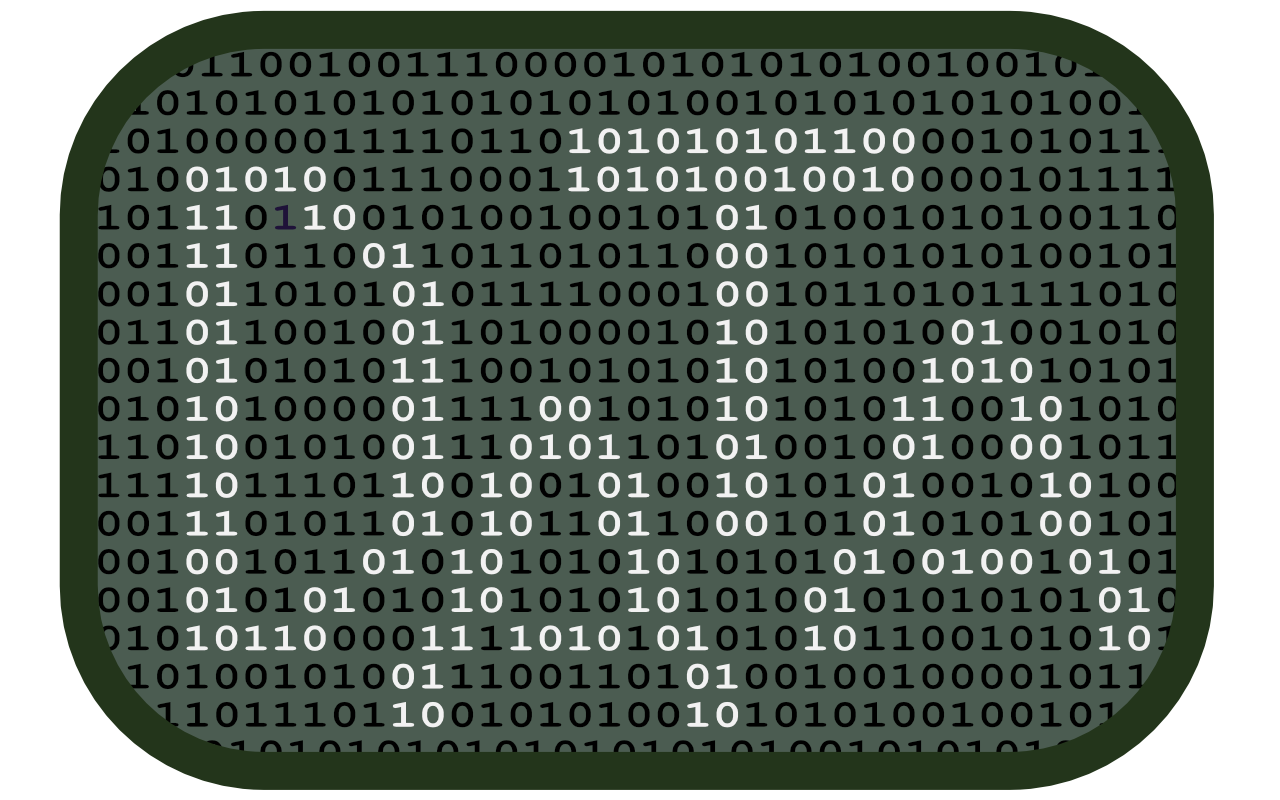3 Data, variables & experimental designs

The focus of this course is on data from behavioral experiments, mostly from cognitive psychology or linguistics.13 Data from behavioral experiments are reasonably “well-behaved” data to analyze, in the sense that they require less preprocessing (such as, for instance, data from EEG experiments), and so provide an excellent starting point into data analysis. However, we should not lose sight of the rich and diverse guises of data that are relevant for scientific purposes. After discussing briefly what “data” is in general in Section 3.1, Section 3.2 surveys some of the richness and diversity in which “data” can occur. But it then hones in on some basic distinctions of the kinds of data we will frequently deal with in the cognitive sciences in Section 3.3. We also pick up a few relevant concepts of experimental design in Section 3.4.
The learning goals for this chapter are:
-
distinguish different kinds of variables
- dependent vs. independent
- nominal vs. ordinal vs. metric
-
get familiar with basic aspects of experimental design
- factorial designs
- within- vs. between-subjects design
- repeated measures
- randomization, fillers and controls
- sample size
A behavioral experiment is an experiment that records participants’ behavioral choices, such as button clicks or linguistic responses in the form of text or speech. This contrasts with, say, neurological experiments in which participants’ brain activity is recorded, such as with fMRI or EEG, or, e.g., in a psycholinguistic context, processing-related experiments in which secondary measures of cognitive activity are measured, such as eye-movements, pupil dilation or galvanic skin responses.↩︎